What it is?
Primer (primer or primer) is an emulsion consisting of a special base, pigments and resins, used as an intermediate layer between topcoats.
The primer improves adhesion, evens out the ability to absorb, protects against corrosion (when applied to metal), from fungus (when used on wooden, plastered surfaces), emphasizes the structure of wood, etc. Read more below.
Why do you need a primer?
The tasks that the soil solves:
- Adhesive (increasing the adhesion of finishing materials). For example, already applied putty with plaster.
- Financial (reducing the consumption of the topcoat when working on mineral surfaces). The primer is able to penetrate into the deep layers of the material, filling them: accordingly, less glue or paint will be required in the future.
- Antiseptic (protection against the formation of fungus, mold). Important on plaster or wood.
In general, applying a primer prepares the work surface for the final stage. It will protect you from peeling wallpaper, peeling plaster, multiplying fungus and, as a result, reworking repairs.
What are the varieties?
The choice of the right emulsion depends on why you need a primer: what surface you want to apply, what will be the next layer of decorative coating, in what conditions you plan to use it.
Accordingly, primers differ in composition, penetration and other properties.
By composition
Primer compositions are made using various bases and improvers. Main types:
- Acrylic primer... This type of primer is referred to as universal: it is suitable for any coatings, does not have a strong odor, and does an excellent job with basic tasks. Acrylic emulsion is easy to apply, dries quickly.
- Alkyd... Resins are used only on metal or wood - alkyds perfectly protect against rust and rot. It dries for a long time (about 12 hours), but gives a durable coating.
- Polystyrene... Polystyrenes are toxic, in closed rooms they can negatively affect health and cause allergies. But the layer will dry for only half an hour. Used exclusively for outdoor use.
- Glyphthalic... Another metal for wood and metal substrates. Ideal for further enamel coating. Drying time is about a day.
- Polyvinyl acetate... It makes sense to use only under the same paint.
- Phenolic... The method of processing wood and metal number 3. Dries in 8 hours, creates a strong protective film.
Mineral primer does not fall into the same row with the above, because The 6 types described above differ in additives. The mineral is determined by the base, the additives are different (although mostly it is gypsum, lime).Such a primer is used to treat concrete, gypsum, plastered bases.
Less common soils with polymers: epoxy, silicone or polyurethane. They usually have a narrow focus and are designed to solve specific problems. But there are also universal formulations.
By the degree of penetration
In this category, there are 2 main types:
- Deep penetration primer... It is used for loose coatings based on fine fractions: quartz sand, cement, concrete. It penetrates 7-10 cm deep and acts as a glue to strengthen the base. Such priming is mandatory for the preparation of silicate or ordinary bricks, foam blocks, drywall, cinder blocks for finishing work.
- Surface solutions... Also called finishing - the soil is applied before painting, wallpapering, decorative plaster. The surface of the wall, floor and ceiling or other parts becomes more uniform (without small cracks, pores), but at the same time rough - the paint lays on such a smoother.
Important! Deep-penetrating compounds "seal" concrete or sand dust, which greatly facilitates further processing of walls or ceilings.
By properties
Another difference lies in the purpose of using the primer:
- Adhesion... Improves adhesion, especially good on smooth surfaces: glass, metal, tiles. Due to the roughness, the paint will adhere firmly to non-porous surfaces.
- Color alignment... For this, not transparent, but dense covering mixtures are used. For example, if you want to repaint an old dark oil paint with light acrylic, you should first cover it with a white primer. Under a dark finish, respectively, a dark underpainting is needed.
- Insulation... Creates a layer through which air, steam penetrates.
- Frost resistance... The primer not only itself is not afraid of low temperatures, but also improves the quality of the materials with which it adheres.
Separately, it is worth highlighting the primer concrete contact, which is applied to substrates that do not absorb moisture well. Concrete contact is used at the first stages of construction work: before rough plastering. In order not to worry about further finishing, it is worthwhile to thoroughly prime a brick or block wall with such a composition once and wait until it dries completely before applying the plaster.
What is the expense?
In order not to spend extra money, you should carefully calculate the required amount of soil. To do this, measure the total surface area in square meters and multiply the resulting number by the given figure.
Most often, manufacturers write the consumption on soil packages: it varies from the composition itself and the surface for which the primer is intended. For example, priming tiles or glass will require ~ 0.2 kg per square meter. It is better to use primers for walls that have been previously plastered ~ 0.5 kg per m2. Brick or concrete - something in between - ~ 0.3 kg / m2.
The tool is also important: they are primed with a brush or roller. Brush consumption is less, but the roller gives a more uniform, high-quality coating.
Important! Be sure to read the label and instructions on the package before purchasing. Primers are sold in the form of an already diluted emulsion and concentrate. The second one needs to be diluted with water in the indicated proportions: therefore, from one liter of concentrated soil, 5-10 liters of the finished product are obtained.
What surfaces need to be primed?
In short, all surfaces need to be processed! But in order to understand why to do this, you should dwell on each in more detail:
- walls, floor, ceiling, the soil protects against fungal infections (especially important in wet rooms - kitchen, bathroom, bathroom, laundry), allows partitions to breathe;
- provides finishing leveling of minor imperfections, improving the quality of paint application;
- the protective layer reduces the consumption of glue, enamel;
- gives strengthening to weak areas, thanks to the adhesive ability;
- almost completely eliminates peeling of wallpaper and other coatings.
Important! They start priming only after the previous layer (plaster, putty) dries well.
For glass or tiles, a high-quality primer guarantees improved adhesion, makes it possible to decorate. Metal primers also have adhesion properties, but they also protect against corrosion in rooms with high humidity. Varieties of soils for wood make the base more uniform, they can be protected from low or high temperatures, mold or pests, water or fire.
What to consider when choosing?
In matters of choice, it is better to trust the specialists, describing the conditions in which the emulsion will be used. If this is not possible, our advice will help you make the right choice:
- Place of operation... From here you will understand what the composition should be - for outdoor or indoor work, dry or wet rooms.
Important! Living room and bathroom primer are 2 different primers. Moreover, if the composition for wet rooms is used in the living room, then the emulsion for dry rooms will not work in the bathroom.
- Terms of further use... If you are grounding the house outside, estimate the maximum temperature fluctuations, the percentage of humidity. Inside - understand whether the room is heated in winter or not. Metal that is planned to be used in an aggressive environment is best protected with a special epoxy primer.
- Base type... Primer on plaster is intended to reduce absorption, on tiles it primarily has the task of increasing adhesion. Understand what is needed in a particular case.
- Planned coverage... Priming is only a preparatory stage. What are you preparing the surface for? Under the tiles, be sure to check the soil for the content of fungicides, under the wallpaper, be guided by their type: for paper, they choose acrylic, for vinyl - vinyl acetate.
Application Tips
Applying a primer is quite simple, even a child can handle it: but in order to get a high-quality result, you still need to take into account the nuances.
- Firstly, the substrate must be solid, completely dry and ready to use. That is, peeling paint cannot be primed - the old unreliable coating should be removed.
- Secondly, get ready for work. Dilute the concentrate (if necessary), prepare a cuvette and a roller or a jar and a brush, do not forget about a ladder or "extension" for the roller if you are going to prime walls or ceilings.
- Thirdly, in most cases there should be two layers. As with painting, the surface is leveled with a second layer, it becomes more uniform. Wait between coats for the time indicated on the bottle (usually a couple of hours), apply a second coat and leave to dry completely (12-24 hours).
- Fourth, evaluate the external conditions. Especially if you are priming outdoors or in an unheated room. The air temperature should be 5-30 degrees, humidity - 0-75%. When pouring rain or sub-zero temperatures, you must not prime!
Important! When priming metal or wood, the base must be sanded and dust-free.
Many consider priming to be an optional part of the process, but this simple, effortless step will save you a lot of effort, time and nerves down the road. Do not neglect the primer if you want to achieve a really high quality result!

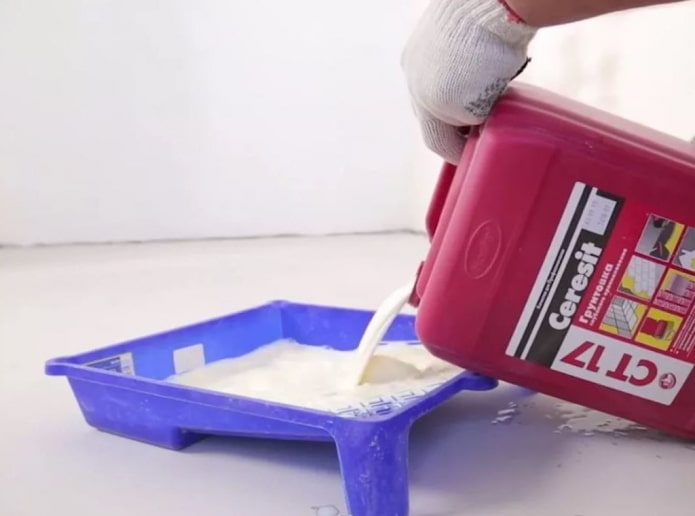
 10 practical tips for arranging a small kitchen in the country
10 practical tips for arranging a small kitchen in the country
 12 simple ideas for a small garden that will make it visually spacious
12 simple ideas for a small garden that will make it visually spacious
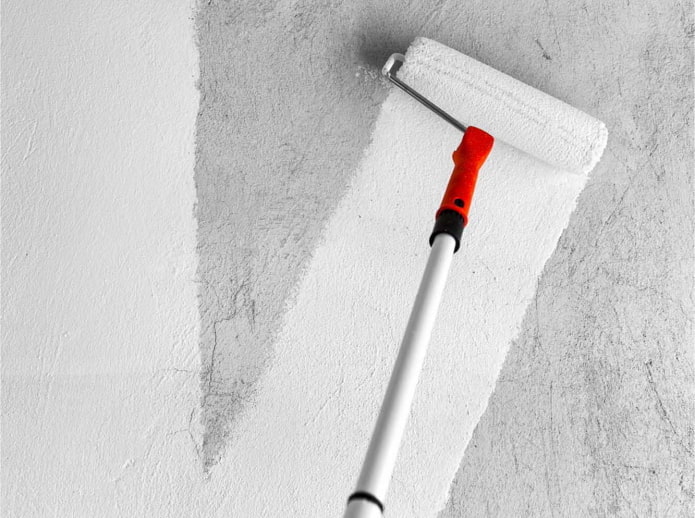

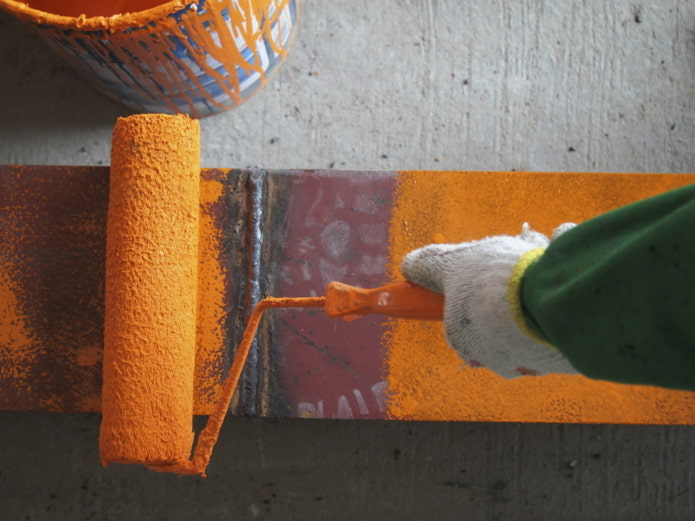
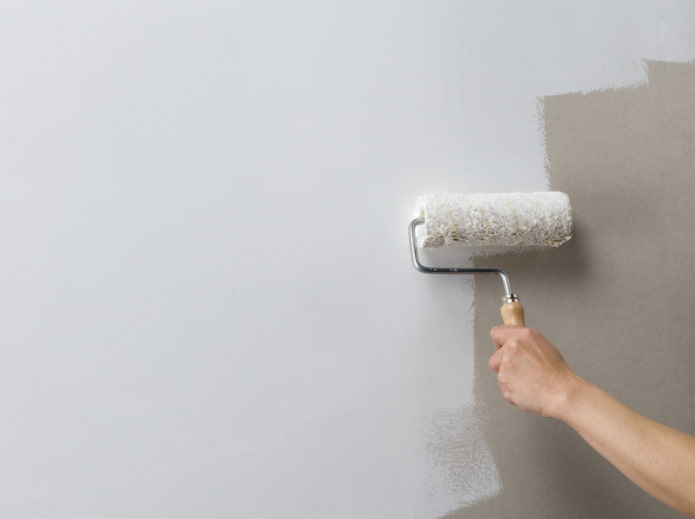
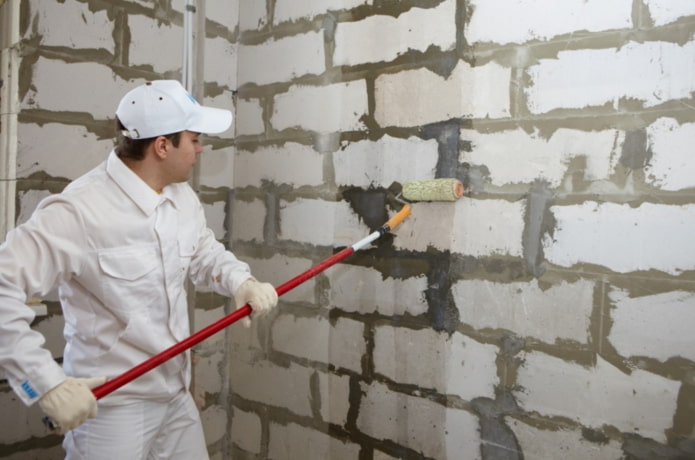
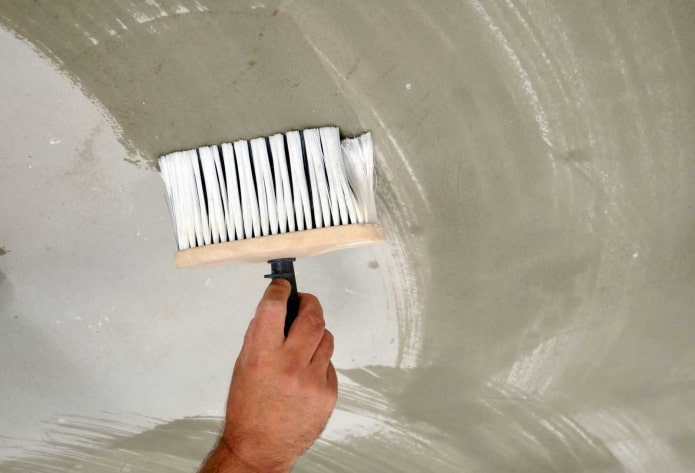

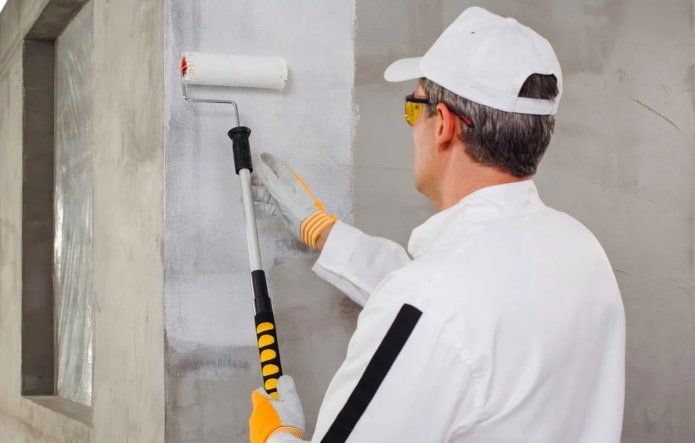
 What is better not to do it yourself during the repair?
What is better not to do it yourself during the repair? Bloated linoleum: how to fix it without disassembly
Bloated linoleum: how to fix it without disassembly The worst decisions in apartment renovation
The worst decisions in apartment renovation  Installation of ceiling tiles: choice of materials, preparation, order of work
Installation of ceiling tiles: choice of materials, preparation, order of work How to glue a ceiling plinth to a stretch ceiling?
How to glue a ceiling plinth to a stretch ceiling? Ceiling plinth for stretch ceiling: types, recommendations for selection
Ceiling plinth for stretch ceiling: types, recommendations for selection